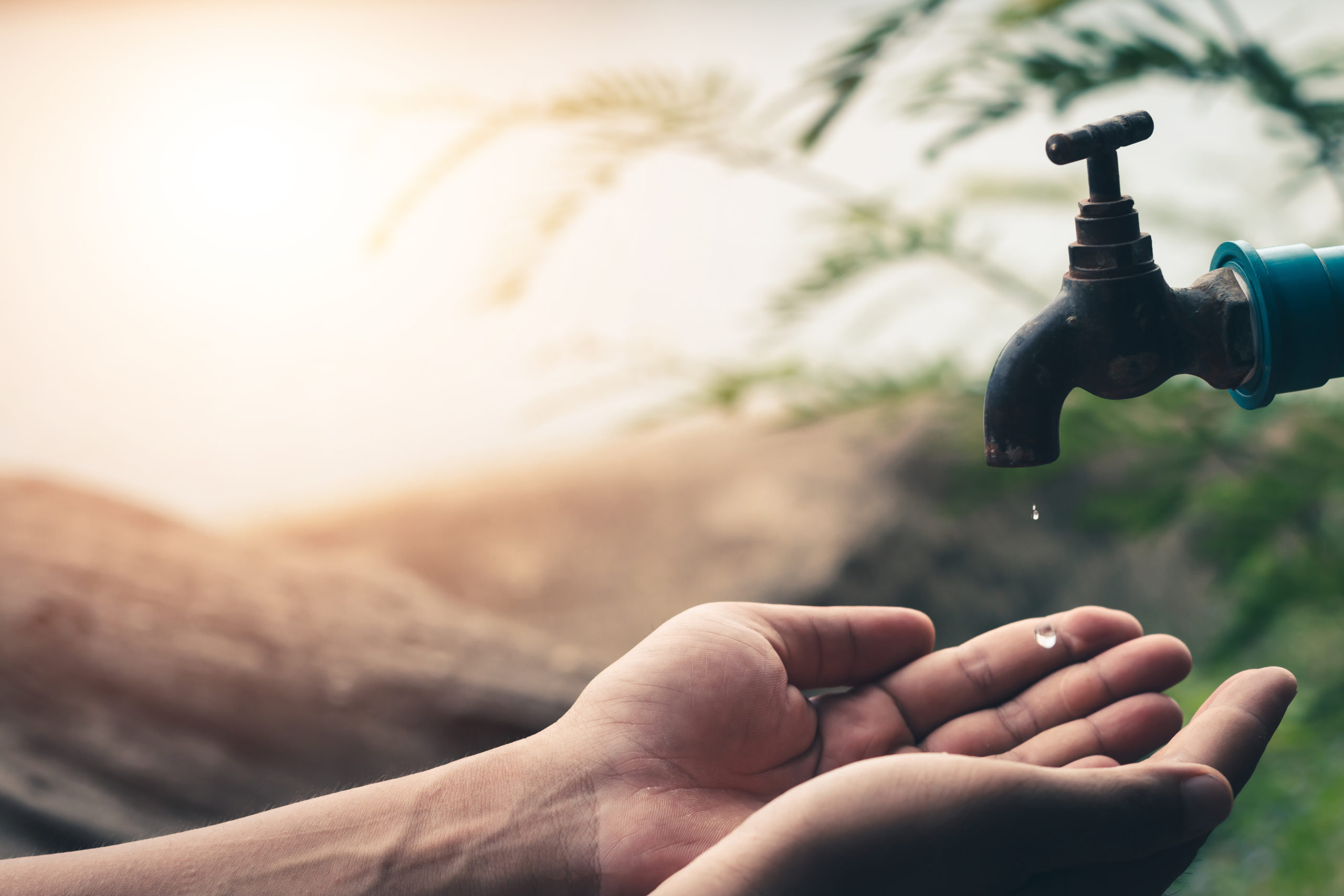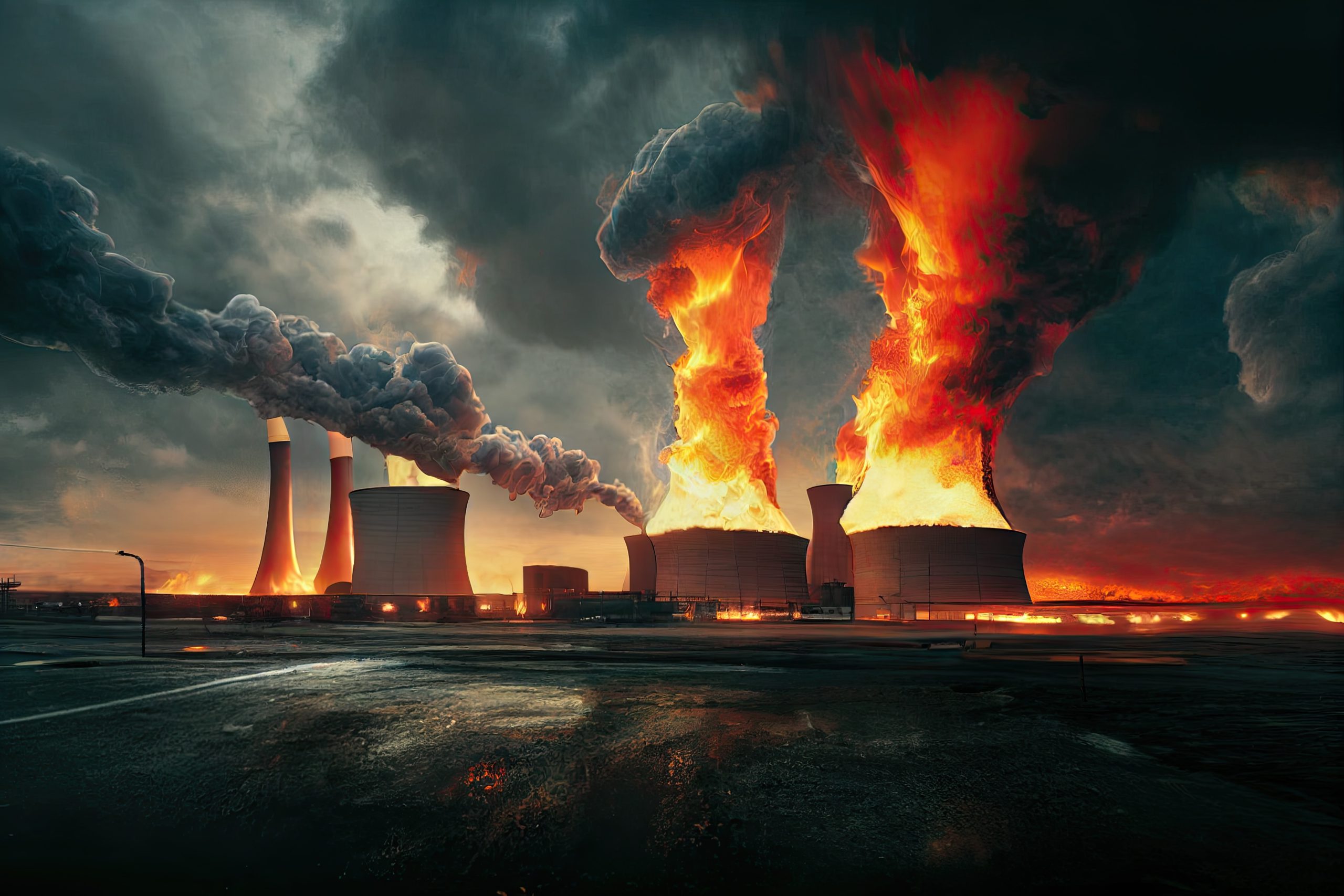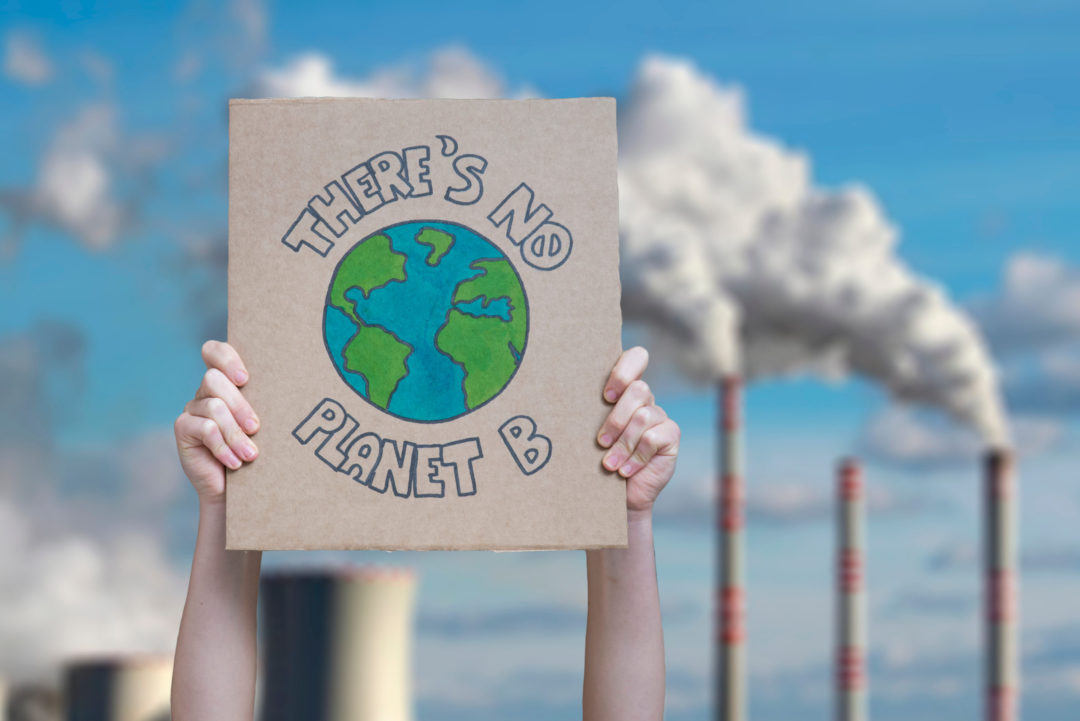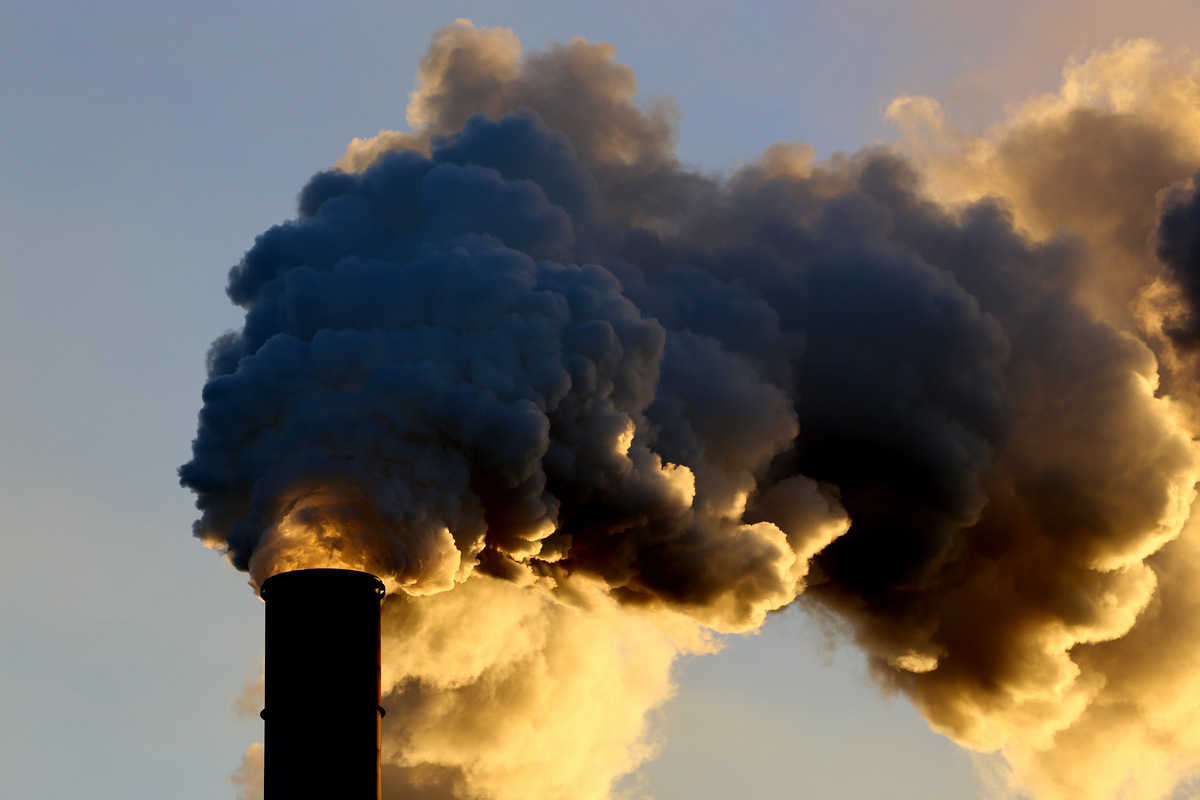
Climate Change Causing Water Shortages, Displacement and Rising Electricity Costs in the United States: What Can You Do?
Global Warming
With weather pattern alterations across the United States occurring due to climate change, there have been a series of horrific news stories about its impact on some of our nation’s most iconic features, our native tribes and homeowners just like you.
Did you know that one of America’s largest reservoirs, Lake Mead, is draining rapidly? Lake Mead is currently 143 feet below “full,” affecting the 25 million people who rely on it for their daily lives. Even our Native American lands are being damaged by climate change, making many communities uninhabitable (or unviable in the years to come). To top it all off, energy prices have increased by 24% since 2021.[1]
One easy way to cut down on the rising cost of electricity is to invest in clean, money-saving solar panels. If you want to see if solar can help you lower your electricity costs, please give us a call at 1-888-MOMENTUM to get started on your solar energy project.
Want to learn more about the effect climate change is having across the country? Continue reading.
What Does the Water Shortage Mean?
In June of last year, Lake Mead recorded lower levels than average, and it only worsens as each day tick by. It’s now the lowest it has ever been since the lake was filled in the 1930s. Lake Mead is roughly 1,070 feet below sea level and, with the effect of climate change, now roughly 145 feet below “full”. This is the equivalent of the height of the Statue of Liberty.[1] As a result of this evaporation, millions of people will be affected in the next decade.
We know this sounds scary, and truthfully, it’s not great news. If you’re not sure how this related to climate change, we’ve got you covered.
The Hoover Dam, which forms the Lake Mead reservoir, produces 2,000 megawatts of hydropower per year. However, with the recent drought and evaporation of the lake, the Hoover Dam’s power generation is down a staggering 25 percent. This decline will affect many states, including California, Arizona and Nevada. All of these states get a portion of their energy from the Hoover Dam. Without that energy supply, they’ll be forced to rely on less “green” methods of generating electricity.[2]
If the lake reaches the “level at 895 feet, water will no longer flow through the dam, and anyone downstream will be cut off from its precious water.
What are the side effects of the Hoover Dam’s energy production being cut? According to, “the US Bureau of Reclamation. Without the dam’s electricity, Southwest energy suppliers will have to look to fossil fuel energy to fill the void.”[3] For homeowners and other residents of the community that rely on this energy supply to power their homes or businesses, this could mean even higher utility prices.[4]
How Are Our Native Lands Being Impacted?
From Alaska to Florida and every state in between, Native Americans have been facing severe climate challenges. Native tribes are now experiencing an environmental issue that stems from the original European settlers, and later, the United States government, that forced them onto some of our favorable lands.[5]
With the threat of climate change, these lands are now becoming truly uninhabitable. Native Americans are face the threat of losing their homes once again. Severe drought in the Southwest is threatening the drinking water supply of the Navajo Nation. At the edge of the Ozarks, Cherokee crops are becoming harder to grow. These are just a few of the issues that our Native American population is facing from coast to coast. Recently, the Quileute Nation in Washington state has been looking to move to higher ground as the rise in temperature has caused the atmosphere to hold more water, producing more frequent and intense storms. The high winds regularly knock out the tribe’s power, and homes along main streets and roadways are vulnerable to flooding. These severe storms can sometimes render the single road that connects the tribe to the outside world impassable.[3]
In a recent statement from Doug Woodruff, chairmen of the Quileute Tribal Council, “Climate change has forced us to make the heart-wrenching decision to leave the village… Without a cohesive national and international strategy to address climate change, there is little we can do to combat these impacts.”[3]
The impact on our native lands is a clear example that, until we all are willing to make a change to environmentally friendly alternatives, people across the country will continue to lose their land, properties and decades-held homes.
What to Expect with Rising Electricity Costs
According to an August 2022 report from the US Bureau of Labor Statistics, electricity prices are at their highest since 1981, rising 15.8% from 2021. Natural gas bills also began to rise in July and have now gone up 33% from the same month last year.[6]
Now, in the cooler winter months when people are cranking up their thermostats in order to stay warm, electricity costs are climbing yet again due to a rise in pricing of the two largest powerplant fuels: natural gas and coal.
What financial impacts will Americans face as utility prices begin to rise? Here are just a few to note:
- Utilities: Data from the Commerce Department shows that Americans “allocate 2.5% towards the heating and cooling of their homes… Household utilities could cost consumers and added $20 to $30 billion this year, representing an approximate 7% to 12% increase.”[7]
- Gasoline: Consumers will likely spend about $50 to $75 billion more for gasoline this year (relative to 2021) as gas prices are about $4 per gallon.[7]
- Secondary effects: Consumers will face higher transportation and distribution costs for everything from groceries and apparel to furniture and lawn care.[7]
- Economic growth: According to research done by Ameriprise Financial, “higher energy prices could cost the U.S. economy about half a percentage point of potential growth this year.”[7]
Here’s How Momentum Can Help
Climate change is a real problem facing millions of Americans’ daily lives, and it’s only going to get worse as inflation, weather pattern changes and energy crises worsen.
Fortunately, Momentum Solar is here to help you create and customize your home’s perfect solar panel system that will not only help you battle rising electricity costs but reduce your personal carbon emission through the generation of cleaner, greener energy as well. Our team will thoughtfully design a system that perfectly fits the needs of your home, environmental goals and wallet.
Ready to make the switch to clean energy? Call us today at 1-888-MOMENTUM or visit our website momentumsolar.com schedule your free, no-obligation consultation today.
[1] https://www.cnn.com/2021/06/17/us/lake-mead-drought-water-shortage-climate/index.html
[2] https://www.cnn.com/2021/06/17/us/lake-mead-drought-water-shortage-climate/index.html
[3] https://www.cnn.com/2022/08/16/us/hoover-dam-hydropower-drought-climate/index.html
[4] https://wrrc.arizona.edu/drought-diminishes-hydropower
[5] https://www.nytimes.com/2021/06/27/climate/climate-Native-Americans.html
[6] https://www.bloomberg.com/news/articles/2022-09-13/us-electricity-prices-rise-most-in-41-years-as-inflation-endures?leadSource=uverify%20wall
[7] https://www.ameriprise.com/financial-news-research/insights/what-higher-energy-prices-mean-for-us-household





